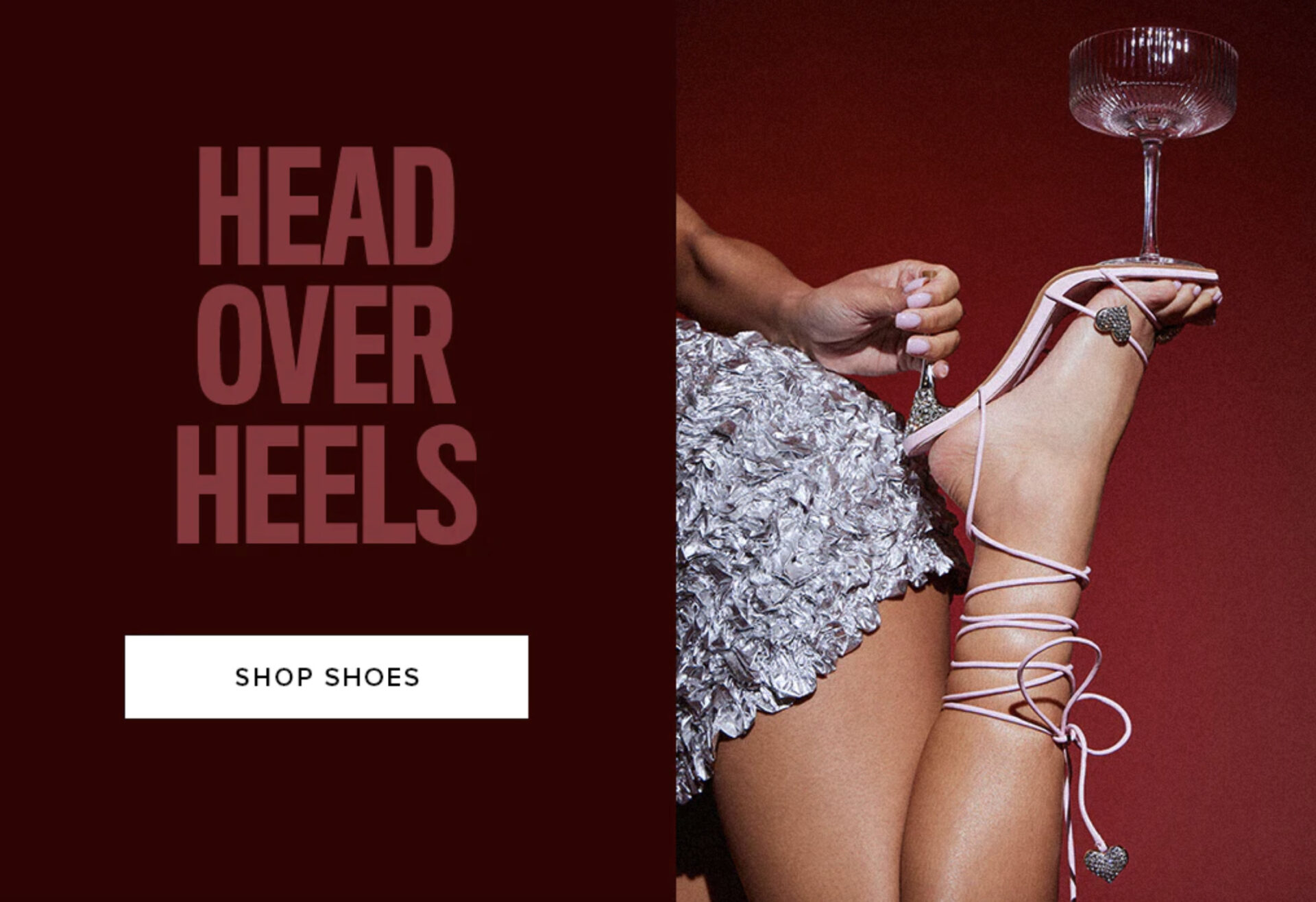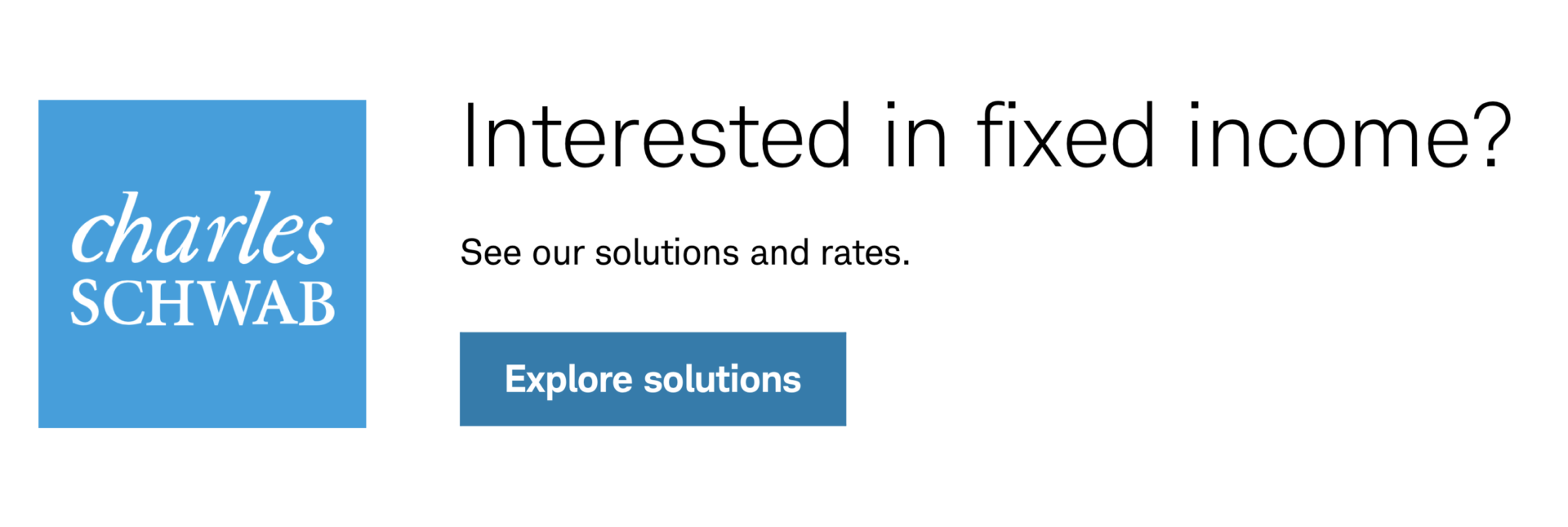
When you purchase products or services through our links we and our partners earn a small commission. Thank you.
10 Examples of a False Dilemma Fallacy

What is a False Dilemma Fallacy?
A false dilemma, also known as a false dichotomy or a false choice, is a logical fallacy in which a person presents two options as the only possible options, when in reality there may be more options or a spectrum of options available. This fallacy is often used to simplify a complex issue and create a sense of urgency, making it easier to persuade others to accept one of the presented options.
For example, a politician might say “Either we cut taxes or our economy will collapse.” This is a false dilemma because there are many other options for addressing economic issues, such as increasing government spending, implementing monetary policy, or implementing regulatory measures.
Another example would be: “You’re either with us or against us.” This is a false dilemma because there are many options in between those two choices, such as neutral, or having a different opinion.
In short, a false dilemma is a logical fallacy where a person presents a limited number of options, when in reality there are more options available. It is often used to manipulate people into making a decision by presenting a false sense of urgency and simplifying a complex issue.

10 Examples of the False Dilemma Fallacy
-
“You’re either for lower taxes or you’re against small businesses.” This statement presents the false dilemma that one can only support lower taxes or support small businesses, when in reality there are other options available such as finding ways to make small businesses more efficient and profitable without necessarily lowering taxes.
-
“If you don’t support this war, you’re unpatriotic.” This statement presents the false dilemma that one must support a war in order to be considered patriotic, when in reality, being patriotic can mean supporting the country in a variety of ways, including questioning and criticizing government actions.
-
“Either you’re with us or you’re with the terrorists.” This statement presents the false dilemma that one must choose between supporting a particular group or supporting terrorism, when in reality there are many options available such as being neutral, having different opinions and other alternatives.
-
“You’re either pro-choice or pro-life, there is no middle ground.” This statement presents the false dilemma that one must choose between only two options, when in reality there are many different views on abortion and many options available such as being pro-choice but in certain circumstances or being pro-life but in certain circumstances.
-
“You either support our police or you’re against law and order.” This statement presents the false dilemma that one must choose between supporting the police or opposing law and order, when in reality, there are many options available such as supporting police reform and holding police accountable for misconduct without opposing law and order.
-
“You either support this bill or you’re against healthcare reform.” This statement presents the false dilemma that one must choose between supporting a particular bill or opposing healthcare reform, when in reality, there are many options available such as supporting healthcare reform but opposing a particular bill or suggesting alternative solutions.
-
“Either you’re a capitalist or a communist, there’s no in-between.” This statement presents the false dilemma that one must choose between only two economic systems, when in reality there are many different economic systems and many options available such as mixed economies, socialist economies and others.
-
“You either support this candidate or you’re against democracy.” This statement presents the false dilemma that one must choose between supporting a particular candidate or opposing democracy, when in reality, there are many options available such as supporting democracy but opposing a particular candidate or supporting a different candidate.
-
“You’re either for this vaccine or you’re against science.” This statement presents the false dilemma that one must choose between supporting a particular vaccine or opposing science, when in reality, there are many options available such as supporting science but opposing a particular vaccine or having concerns about the safety and efficacy of a particular vaccine.
-
“Either you’re a feminist or you’re against women’s rights.” This statement presents the false dilemma that one must choose between being a feminist or opposing women’s rights, when in reality, there are many options available such as supporting women’s rights but not identifying as a feminist or having a different approach towards feminism.
All these examples presents a limited number of options, when in reality there are more options available. This is a false dilemma, it is often used to manipulate people into making a decision by presenting a false sense of urgency and simplifying a complex issue. By using this fallacy, disinformation campaigns can cloud the issues at hand and make it difficult for people to differentiate between facts and fiction, and can ultimately erode the public’s faith in institutions, democracy and the media.
“Everyone you meet is fighting a battle you know nothing about. Be kind. Always.”
Robin Williams Tweet
If you found this video helpful and know of someone that would benefit from this video, please share it. 🍻🇺🇸📣
Leave A Comment

Popular Content
Heavily researched. Thoroughly vetted.
THE ENDORSEMENT
THE ENDORSEMENT
THE ENDORSEMENT
THE ENDORSEMENT















![VODKA - Grey Goose [beta]](https://thesmokingchair.com/wp-content/uploads/2023/04/Screenshot-2023-04-26-at-9.30.12-PM-288x300.jpg)
